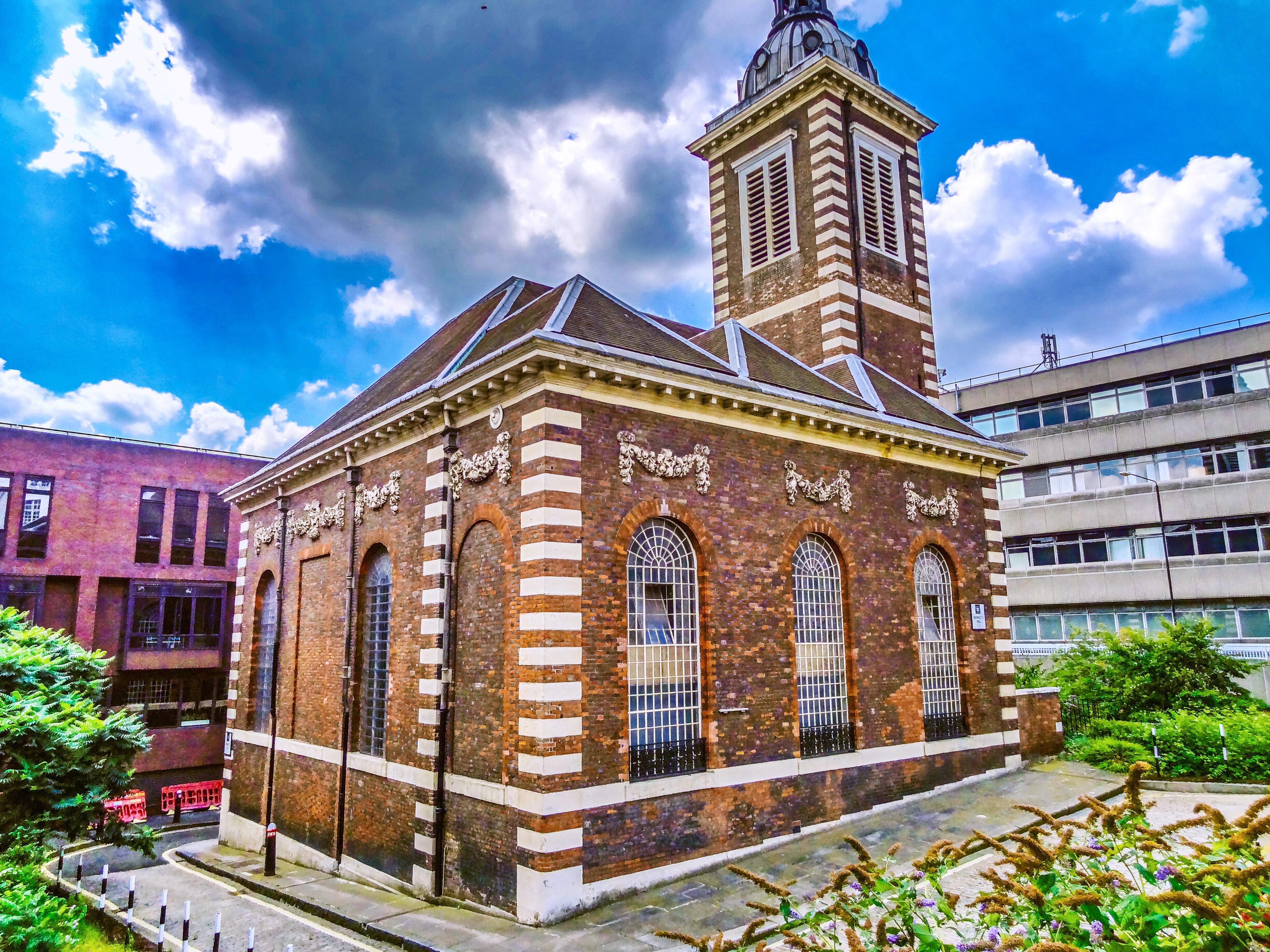St Paul's Cathedral
City of London, Greater London
For more than 1,400 years, a cathedral dedicated to St Paul has stood at the highest point in the city.

There has been a church on this site, dedicated to St Benet (or Benedict), since the 12th century, Shakespeare refers to it and both Anne Boleyn and Lady Jane Grey may have received the last rites here.
City of London, Greater London
Since 1555, St Benet has been the church of the College of Arms, whose headquarters are across the road on Queen Victoria Street. The College grants heraldic arms to those deemed worthy to bear them. The Officers of the College of Arms still have their own seats in St Benet’s and their personal banners hang from the gallery together with that of the Duke of Norfolk. At least 25 Officers are buried here.
In 1652, Inigo Jones, the architect and inventor of theatrical masques, most famous for designing the Banqueting House in Whitehall, was buried in St Benet's, alongside his father and mother.
St Benet is the only unaltered Wren church in the City. All but four were damaged in the Second World War and the other three either suffered the effects of an IRA bomb or have been restored. The royal connection continued with Charles II having a special door at the side of the building and a private room from which he could take part in services. The Stuart arms can be seen above the west door marking the vantage point from which the king observed proceedings below.
In the 1870s the church was regarded as redundant and scheduled for demolition. Eminent Welsh Anglicans petitioned Queen Victoria to be allowed to use the building for services in Welsh. In 1879, Her Majesty granted the right to hold Welsh services here in perpetuity and this has continued ever since, with a service each Sunday morning. In 1954, in the reorganisation of the City churches and parishes, St Benet became one of the City Guild churches as well as the Metropolitan Welsh Church.
The eminent composer Meirion Williams was the church organist in the 1960s and 1970s. As well as a Mass, Missa Cambrensis, he wrote a number of other works, including songs which are particular favourites of contemporary Welsh opera singers.
In 1971 a fire started by a vagrant damaged the north side of the church. During the repair work, necessitated mainly by smoke and heat damage, the 19th century organ was moved and rebuilt in its present (and original) position in the west gallery. When the church was reopened in May 1973, the congregation received a message from the Prince of Wales and trumpeters from the Royal Welsh Regiment blew a fanfare in celebration.
City of London, Greater London
For more than 1,400 years, a cathedral dedicated to St Paul has stood at the highest point in the city.
City of London, Greater London
St Andrew by the Wardrobe was the last city church rebuilt by Sir Christopher Wren after the Great Fire of London.
City of London, Greater London
One of the most striking aspects about St Martin within Ludgate exterior is its tall, sharp leaded spire, which when seen from the lower part of Fleet Street, is a deliberate foil to the massive rounded dome of St Paul's Cathedral.